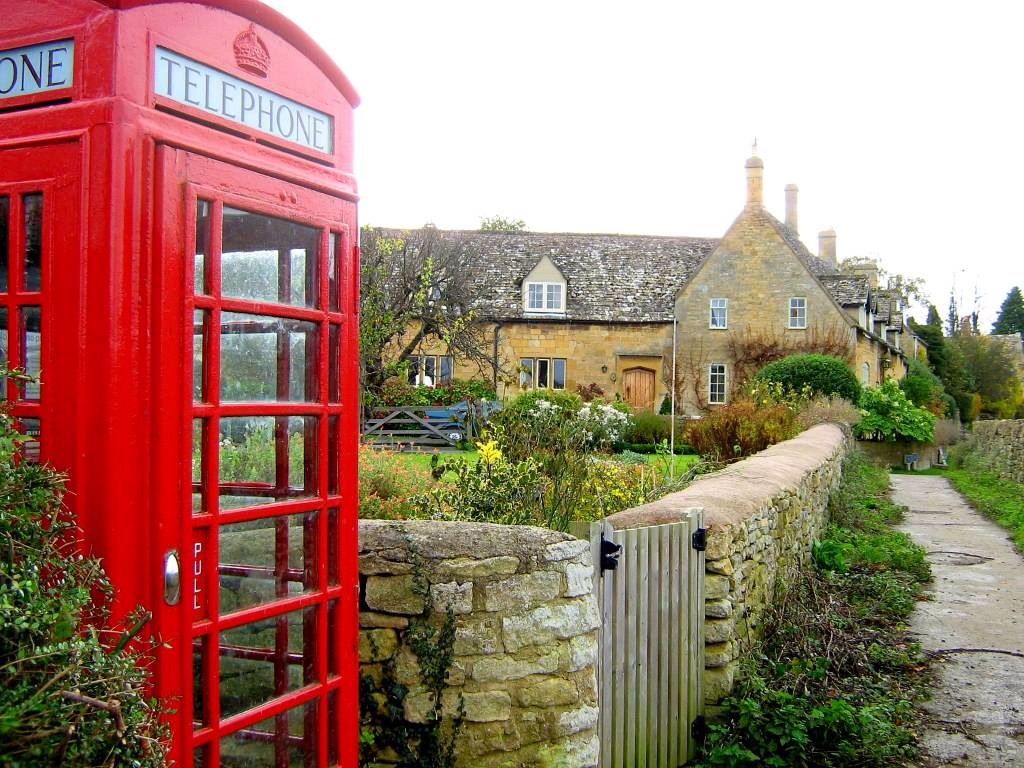In Episode six, we talked about liturgy and the culture, and we briefly made reference to the famous red telephone boxes in the UK, Charlie who is Californian through and through told us that he used to have it on his keychain after his sister brought it back from England as a souvenir. As Charlie said, no one brings back a souvenir of American phone booths when they come to visit California.
In fact, as we discover, it is no accident that it makes such a strong connection with the public. It is derived from and points to liturgical forms in way that is appropriate to its mundane purpose - housing a telephone, keeping out street noise and offering privacy to those who use the phone.
In the course of our discussion we refer to the following buildings:
The cover of The Principles of Pointed Architecture by A W Pugin.
An example of a Pugin church. St Giles Cheadle, Staffordshire, England
Part of the interior of St Giles, Cheadle
Mumbai railway station
Below we have two buildings designed by Giles Gilbert Scott in the mid-19th century.
Amersham workhouse
St Pancras Station Hotel, London, exterior
St Pancras Station Hotel, interior
Here are some photos of American collegiate gothic architecture. These look to the colleges of Oxford and Cambridge Universities, many of which date from the original gothic period.
Princeton
Yale
In a rural setting.
In a city setting: with the Houses of Parliament in the background. The Houses of Parliament were designed by Sir Charles Barry, but he engaged Pugin to desing the famous tower which houses the bell, Big Ben.
Without any need for public phones, these boxes are being retained and assigned different purposes.
Geoff Yovanovic can be reached at geoffyovanovic.com














